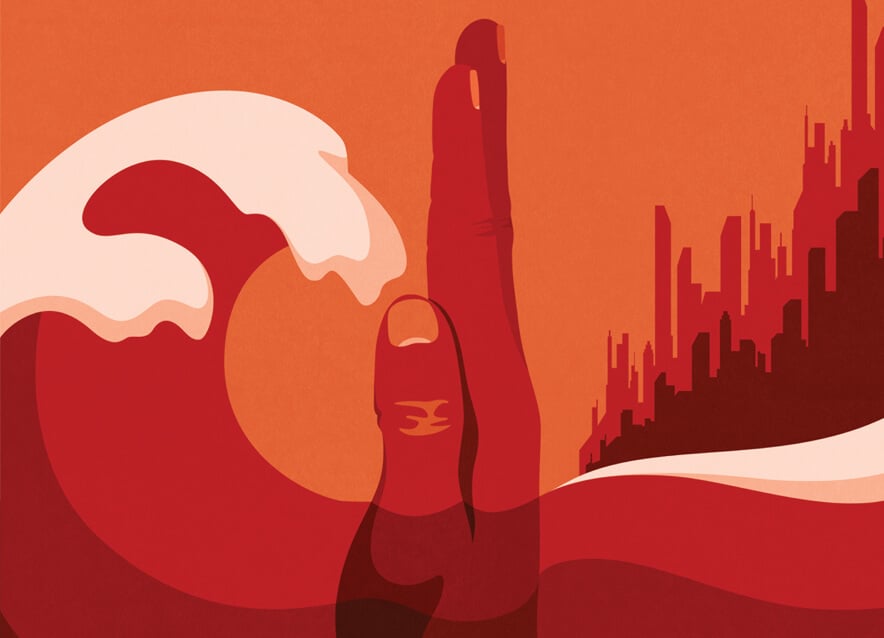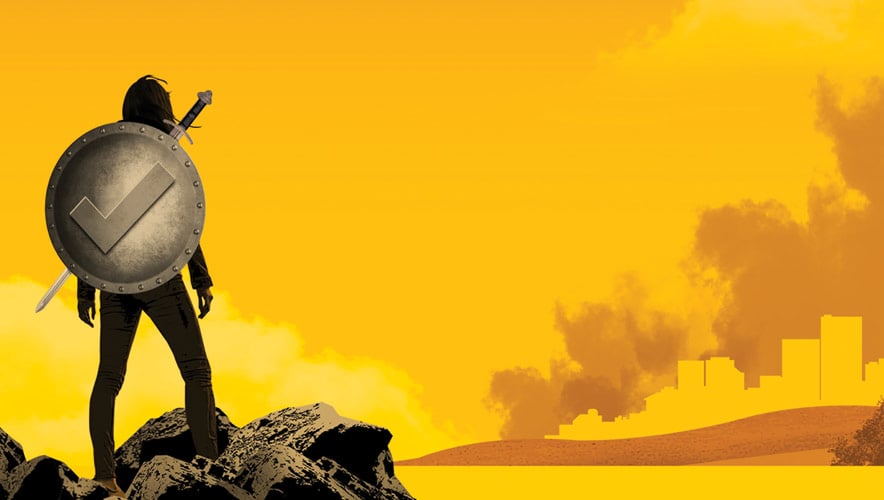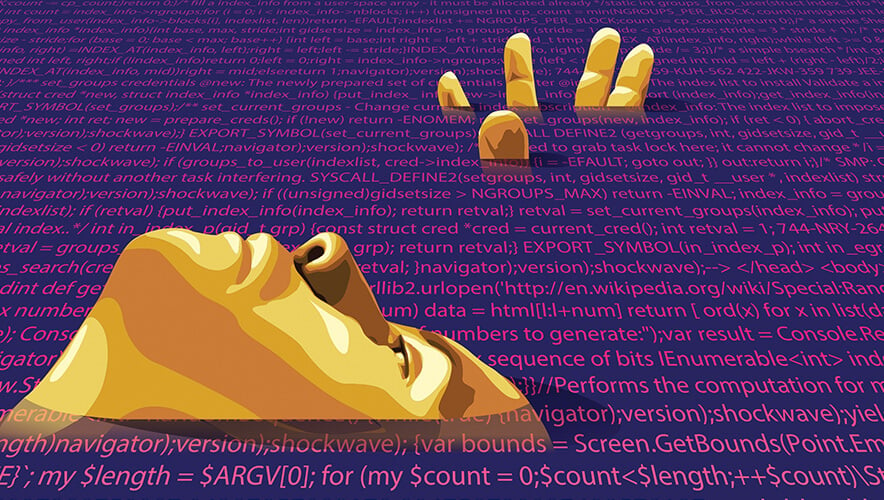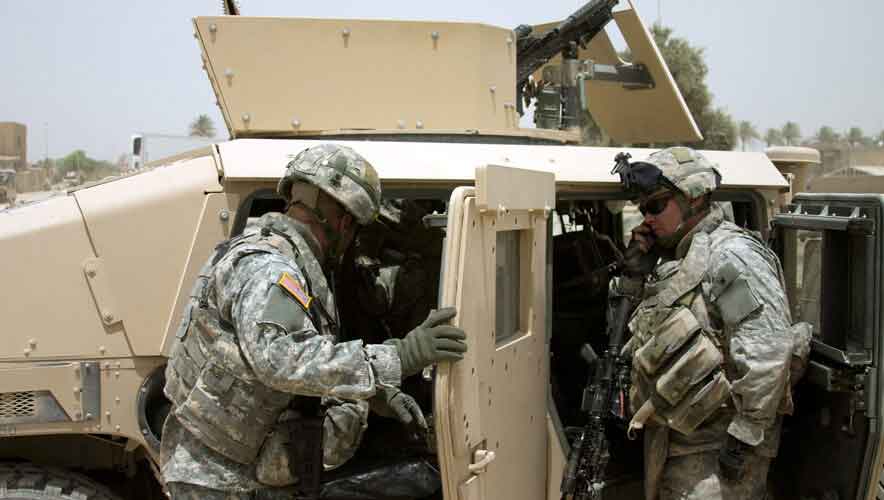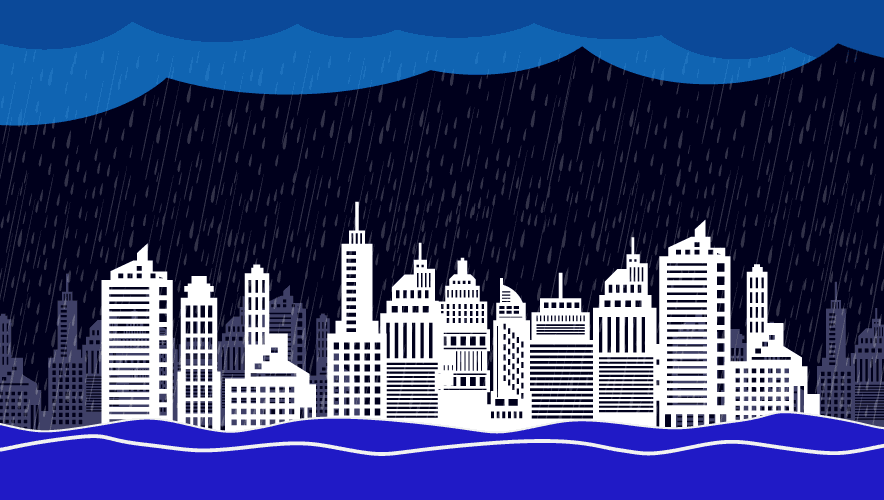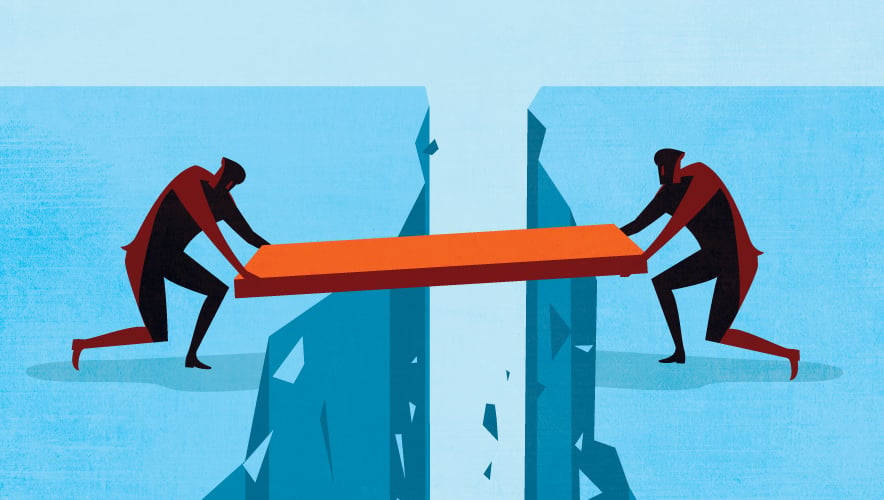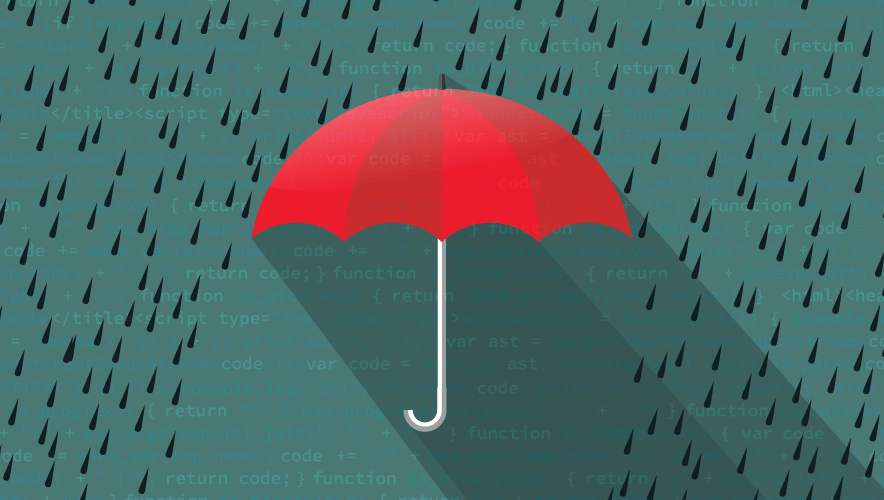11 Resilience Stories SM Editors Recommend
Resilience has a variety of definitions.
For an individual, it can mean processing trauma in a healthy way or creating boundaries to avoid burnout. For organizations, it can mean systems are in place to respond and mitigate the damage of an event to quickly recover from the incident.
As their roles and responsibilities grow as the climate, society, and organizations around them change, security practitioners must develop both personal and organizational resilience to recover from the threats that lie ahead.
Below are 11 stories the Security Management editors recommend reading to help you get started.
1. "Why You Should Be Thinking About Climate Proofing"
Natural disasters create a national security threat that scientists, military representatives, and others say needs to be addressed as part of a global response to climate change. Another challenge arises from the resulting changes in mass migration patterns, increases in social tensions, and challenges to human health. According to an assessment from the Center for Climate and Security, every region of the world will face severe risks to national and global security over the next three decades due to increased warming.
But organizations still have time to improve their resiliency and ability to mitigate the effects of climate change, enhancing security in the process.
2. "Battle Ready: Maintaining Operations in Conflict Zones"
Si vis pacem, para bellam. “If you want peace, prepare for war.” This phrase, passed down from the time of the Roman Empire, serves as a reminder of the dangers a nation can face, admonishing us that it is through preparedness and a willingness to defend oneself that a country can expect to keep its populace at peace.
For the security professional, the phrase has a slightly different meaning. When you can prepare your organization for the worst, you will have the greatest degree of confidence in your team’s ability to face what comes.
3. "How to Help Prevent Employee Burnout"
Greater understanding of human resiliency under stress for tasks that involve “attention, memory, and visual perception” would be beneficial for the people performing these tasks—and the organizations they work for.
“We know that stress negatively affects cognitive abilities, task effectiveness, and general well-being,” Celeste Paul and Josiah Dykstra explained in their research for the U.S. National Security Agency. “These types of effects are harmful to high-risk, mission-critical environments where failure has great consequence. Stress is detrimental to work that requires creative problem-solving—a skill that cyber operators inherently require.”
4. "Mobilizing to Reduce the Strain of Climate Change"
Climate change and other global risks pose a compounding security threat to military and security personnel and infrastructure, according to a new report by the International Military Council on Climate and Security.
But some defense agencies and alliances are already taking action to mitigate the threat by adopting greener technology, increasing the resiliency of their supply chains, and more.
5. "How to Keep High-Performance Security Teams Motivated"
To combat stress burnout, security leaders must encourage purposeful disconnection from work without losing employees’ motivation to succeed.
For inspiration on this front, security leaders should look to military units and firefighters, says Wendy Bashnan, chief security officer for Nielsen Company. These groups are capable of sustaining periods of extreme stress and danger, interspersed with periods of rest and separation from the action. But when units come back together, they can pick up where they left off, adds Bashnan, who spent 30 years in the public sector before transitioning to private business.
6. "Flood Risks and Heat Waves Rise, Placing Pressure on Resilience Response Measures"
The 2021 rainy season in China resulted in floods that killed hundreds of people and displaced millions more. The 2022 rainy season might be even more catastrophic, according to forecasts from China’s National Climate Center. The forecast follows a week of heavy rain in the Guangxi province that damaged 2,300 hectares of crops and flooding in Guangdong province that shut down schools.
7. "Mission Almost Impossible: Siting Infrastructure in an Unpredictable World"
The mounting physical impacts of climate change are beginning to press in on even the most mundane aspects of everyday life, ones almost every American takes for granted. Allowing for exceptions, your morning coffee was made possible thanks to the reliable operations of your local electric and water utilities. These systems that helped you bring the water to a boil, as well as those that ensured the water from your tap was safe to drink, were built in designated locations years ago, were designed for an entirely different climate, and selected through the massively complex process known as siting.
8. "In Case of Crisis, Build Community"
Having business continuity and recovery plans in place—especially ones specifically tailored to a natural disaster—can help protect a business and curb the amount of downtime that an organization might spend returning to an operational status. Various organizations, such as government agencies and insurance providers, offer resources and guidance for businesses—advising on what an individual company or facility can do to prepare or protect itself.
“It doesn’t matter what the threat vector is, the end goal is still the same: that you’re able to survive the situation,” says Nicole McDargh, CPP, vice president of safety and loss prevention for pizza giant Domino’s. “This is where that anti-fragility bent comes from.”
9. "The Tao of Taleb: Learning from COVID-19"
As COVID-19 approaches its two-year anniversary, security and risk management professionals would be wise to reflect on past failures in hopes of making our society antifragile to future global calamities.
Antifragility is the property of a system or organization that aims to increase its strength and resilience as the system encounters shocks, stressors, or volatility. The term was coined by Nassim Taleb, an academic who raised the alarm on COVID-19 months before it devastated North America.
To enable the security industry to better prepare for future events, we need to fundamentally change the way we think about risk, and Taleb has more lessons to share.
Today, there’s more awareness than ever of the trauma that first responders and security practitioners experience while on the job. But we’re only beginning to understand how to treat it and remove the stigma associated with seeking care.
11. "Keep Ahead of Crises by Planning for Complex Scenarios"
Many organizations have gone to great lengths to secure their facilities, whether that is a single building or an entire compound. But as adversaries’ capabilities advance and attack planning cycles accelerate due to the increased availability of open-source information, the days when an organization’s physical security program started at the perimeter fence are behind us.
This new era requires security programs and initiatives that prevail both inside and outside of the perimeter. Security professionals need to think like an adversary, constantly envisioning how a current event—whether planned or unplanned—could be used to an attacker’s advantage.

